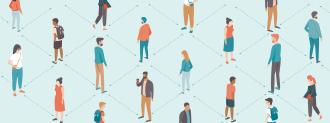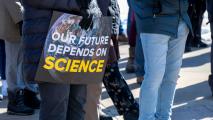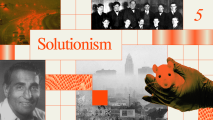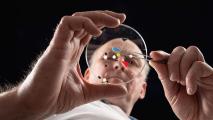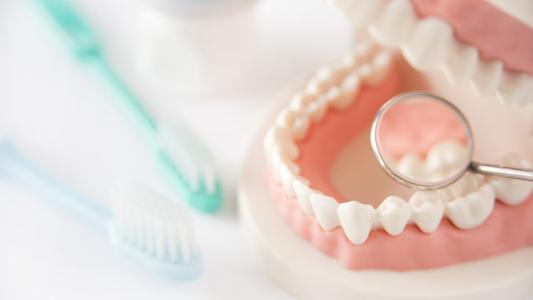Coronavirus lockdowns appear to have been effective at stemming the spread of COVID-19 — but they’re also hurting the economy, and if left in place long enough, they could wreak havoc on our mental and physical health.
With a coronavirus vaccine likely at least a year or so out, governments need to find some way to keep the rate of new infections low while also meeting the social and psychological needs of their residents — and a new study suggests that “social bubbles” could be the answer.
Ending Coronavirus Lockdowns
For this new study, published in the journal Nature Human Behaviour, a team led by University of Oxford researchers used computer simulations to predict the outcomes of three strategic approaches to social distancing.
Rather than expecting people to isolate themselves as much as possible — like the coronavirus lockdowns — these approaches each allow for some level of contact between specific people.
The first strategy allows people who have something in common to interact with one another — this might mean all the people in a neighborhood are free to socialize, or perhaps everyone who works at a certain company.
The second strategy simulates groups who would normally socialize, but has them limit their interactions outside the core group — in other words, they can hang out with their besties, but must minimize contact with people outside that group.
The third strategy lets people create their own “social bubbles” — groups with just a few members who are free to socialize with each other as often as they’d like, but never with people outside the bubble.
Social Bubbles FTW
The researchers used computer simulations to predict how each strategy would fare in a population of 2,000 people, focusing specifically on its ability to delay the peak coronavirus infection date, decrease the height of the peak, and minimize the number of total infections.
They also included random social distancing — limiting contact with people in general but not any specific people — in their simulation.
The researchers found that all three strategies were more effective at slowing the spread of COVID-19 than random social distancing. However, the social bubbles strategy was the most effective, resulting in the flattest curve and 30% fewer total infections than random distancing.
Notably, the researchers also found that the three different strategies didn’t compete with one another — implementing two or even all three strategies in a population simultaneously was just as effective as implementing a single strategy.
“Since most individuals in a post-lockdown world need to interact across multiple social circles (e.g., workplace, extended family), employing only one strategy might not be practical,” they wrote. “A mix of different strategies could therefore be more realistic for everyday use.”
Charting the Path Forward
This study could provide a roadmap for officials looking to end coronavirus lockdowns without causing a surge in COVID-19 cases, but it does have several limitations.
This study could provide a roadmap for officials looking to end coronavirus lockdowns.
When the researchers increased the number of people in their simulations to 4,000, they got the same results, but they couldn’t go any higher than that due to the complexity of the computations.
That means they don’t know whether any of their strategies would have the same impact on the population of even a medium-sized town — let alone an entire state or nation — if they replaced strict coronavirus lockdowns.
Finally, there would always be people who wouldn’t adhere 100% to the strategic distancing strategies, just like some people haven’t followed our broader social distancing rules. That means the outcome of a simulated strategy could be better than the outcome of one implemented in the real world.
We’d love to hear from you! If you have a comment about this article or if you have a tip for a future Freethink story, please email us at [email protected].
